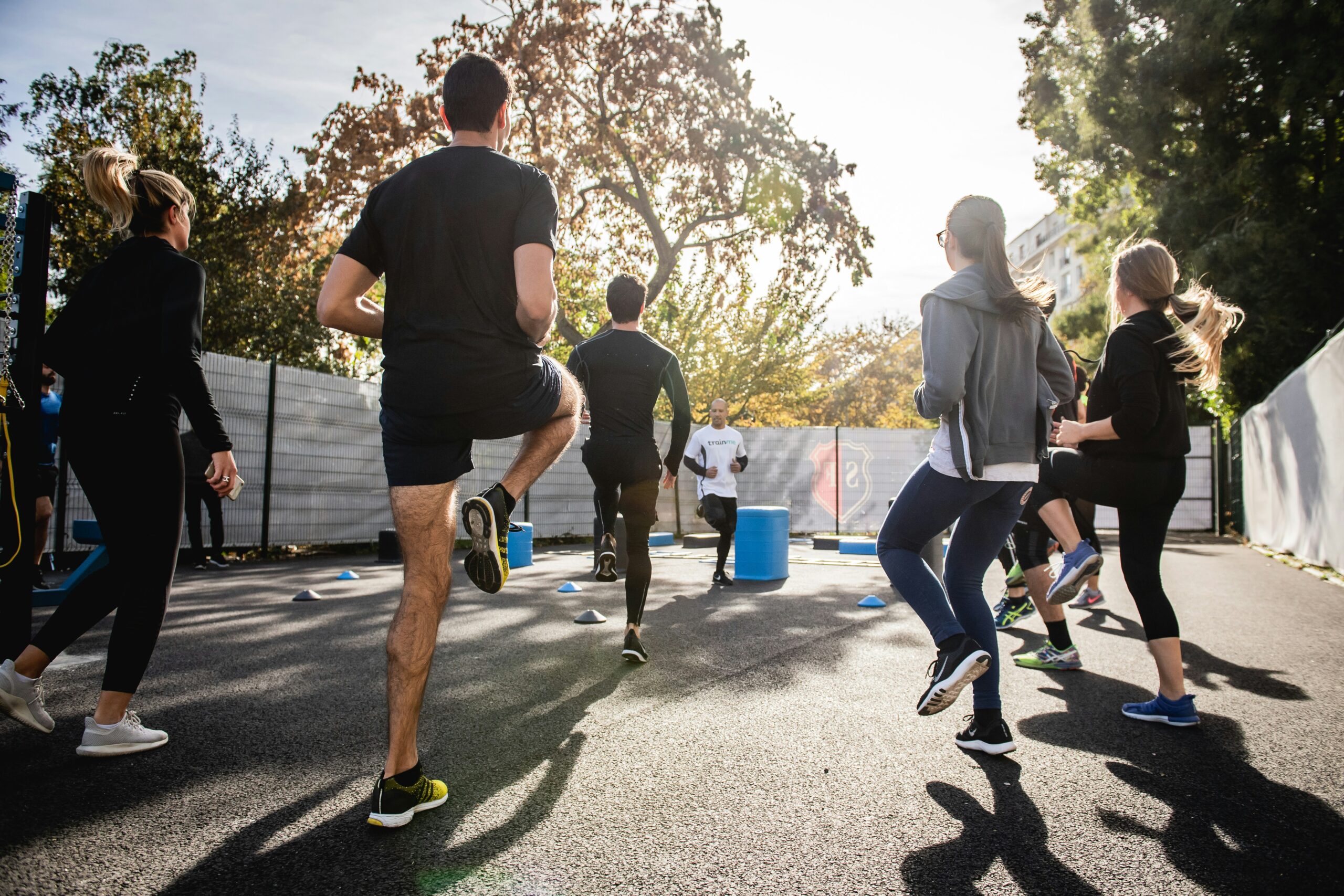
Taking control of your health doesn’t have to be overwhelming. Regarding fitness, three key components form the foundation of a well-rounded and sustainable routine: strength, stamina, and flexibility. Focusing on all three helps you build a more capable body, improve energy, reduce injury risk, and support long-term wellness. In this guide, you’ll learn how to develop each area and structure a plan that fits your lifestyle.
Start Building Real Strength
Strength training goes far beyond appearances. It’s not just for bodybuilders or athletes—it’s for anyone who wants to move better, feel more substantial, and stay independent as they age. By consistently working on your strength, you enhance muscle function, protect your joints, and boost your metabolism.
To begin, bodyweight exercises such as squats, push-ups, lunges, and planks are excellent starting points. These movements build foundational strength and can be done anywhere. You can introduce weights or resistance bands to challenge your muscles as you become more comfortable. Focus on form and control rather than speed, especially in the beginning, to prevent injury and maximize effectiveness.
Additionally, compound exercises that engage multiple muscle groups are incredibly efficient. Think deadlifts, bench presses, and pull-ups—these movements activate large body areas, helping you build strength faster and more efficiently. Two to three strength training sessions a week are ideal for beginners, allowing your body enough time to recover between workouts.
Boost Your Stamina for Daily Energy
While strength allows you to perform tasks, stamina helps you keep going. Cardiovascular endurance improves heart and lung health, increases energy levels, and supports brain function. In short, stamina keeps you moving longer without feeling exhausted.
To start, choose an activity you enjoy—walking, biking, swimming, or dancing. The best cardio routine is one you’ll stick with. Begin with 20 to 30 minutes of moderate-intensity movement a few times weekly. As your endurance improves, you can increase the duration or intensity of your workouts to keep challenging your body.
Incorporating interval training is another excellent way to improve stamina. For example, alternating between a minute of high effort jogging and two minutes of walking trains your body to recover more quickly. This method boosts endurance, burns calories efficiently, and keeps your workouts interesting.
Improve Flexibility for Better Movement
Flexibility is often the forgotten pillar of fitness, yet it plays a vital role in keeping your body healthy and mobile. Flexible muscles and joints reduce the risk of injury, ease muscle stiffness, and make everyday movements—like reaching, bending, or twisting—more comfortable.
The good news is that improving flexibility doesn’t require hours of stretching. Just 10–15 minutes a day can make a noticeable difference. Focus on key areas like hamstrings, calves, hips, lower back, and shoulders. Gentle static stretches after workouts help your muscles cool down and lengthen, while dynamic stretches prepare your body for movement before exercise.
Yoga or Pilates offers structured ways to improve flexibility while building strength and balance. These exercises promote better posture, core control, and body awareness—all important for injury prevention and overall health.
Create a Balanced Routine
It’s tempting to focus only on your favorite part of fitness—maybe you love lifting, but dread cardio, or you stretch often but ignore strength. However, a genuinely balanced fitness routine includes all three elements. This harmony creates a body that’s strong but also enduring and agile.
A good weekly schedule might include strength training on Monday and Thursday, cardio on Tuesday and Saturday, flexibility work or yoga on Wednesday and Sunday, and Friday as a rest or recovery day. This approach keeps your workouts varied and allows each muscle group to recover before rechallenging.
Moreover, don’t underestimate the value of rest. Muscles grow and repair during downtime, and your energy stores need replenishing. Overtraining can lead to burnout, fatigue, or injury. By listening to your body and giving it time to recharge, you set yourself up for long-term success.
Support Progress with Nutrition and Hydration
Your body can’t perform well without the proper fuel. A balanced diet with protein, healthy fats, and complex carbohydrates supports your workouts and accelerates recovery. Protein helps repair and build muscle tissue, while carbs provide the energy to power through workouts.
Equally important is hydration. Water regulates body temperature, cushions joints, and delivers nutrients to your cells. Even mild dehydration can negatively affect your performance and recovery. Aim to drink water consistently throughout the day, especially before, during, and after exercise.
Timing your meals around your workouts can also make a big difference. Eating a small snack with carbs and protein an hour before exercise can improve your energy levels. Likewise, refueling with a balanced meal after a workout helps with muscle repair and restores glycogen levels.
Track Your Progress and Adjust
One of the most motivating aspects of fitness is seeing how far you’ve come. Tracking your workouts through a journal, app, or calendar gives you insight into what’s working and where you need to improve. You’ll notice patterns, like which days you feel strongest or how your endurance increases.
However, progress isn’t always linear. Some weeks will feel more straightforward than others, and that’s normal. The key is to stay consistent and adjust as needed. If you’re no longer feeling challenged, it might be time to increase your weight or try a new activity. Conversely, more rest or a lighter routine might be in order if you’re constantly sore or fatigued.
Setting achievable goals can also help you stay motivated. Whether running a 5K, doing ten push-ups without stopping, or touching your toes, having something to work toward gives your fitness purpose and direction.
Transforming your fitness is less about perfection and more about consistency. Focusing on strength, stamina, and flexibility builds a body that can quickly and confidently handle life’s physical demands. Start small, stay committed, and give yourself grace along the way. Fitness isn’t a quick fix—it’s a journey worth taking, one rep, step, and stretch at a time.